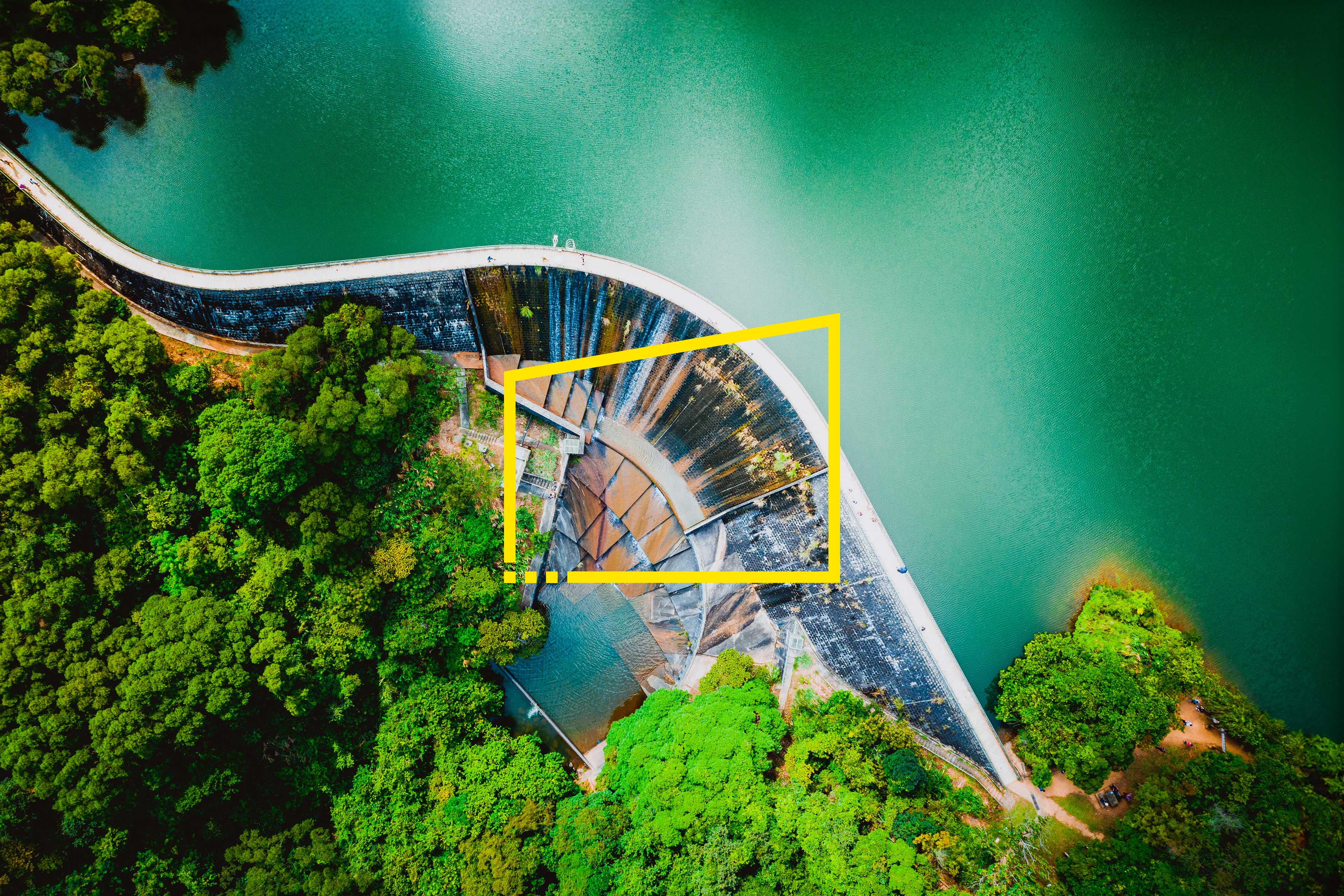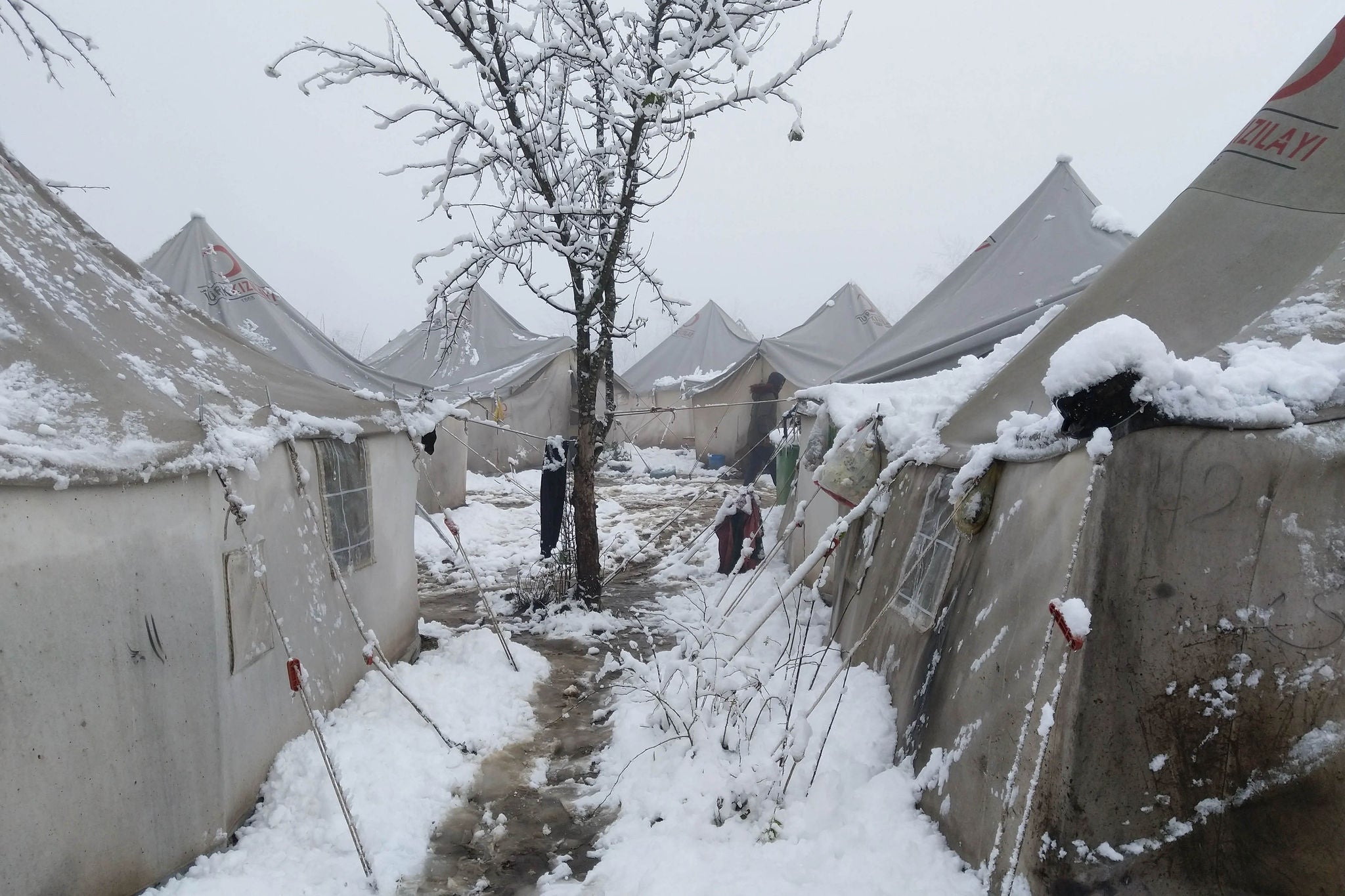To support initial field trials and to help prepare for scale, an EY team developed a simulation model for production line resource requirements. This allowed project participants to easily test different scenarios and production line configurations, and to make data-driven decisions that enhance the efficiency of the process.
Concept proven, the goal is now for it to be adopted and implemented across multiple refugee camps, and EY teams have conducted further projects exploring business and financial modeling, unit economics and potential economies of scale, and how to quantify the positive environmental and humanitarian impacts of the Waste for Warmth approach.
“How many refugees face lack of protection from harsh winters? How many tons of recyclable plastic waste is out there?” asks Marianne Nilsen Sturmair, Managing Director of EWB-N. “The potential impact of Waste for Warmth is as big as the problem and we see the tremendous opportunity to directly impact millions of lives — not only by providing insulation, but doing so in a way that creates employment and tackles climate change at the same time.”
“Of course, realizing that potential demands funding, which in turn demands a solid business case,” she adds. “Thanks to EY, we’re now able to simulate different scenarios, show and quantify both direct and indirect benefits, and demonstrate that the Waste for Warmth model is replicable, scalable and financially sustainable.”




